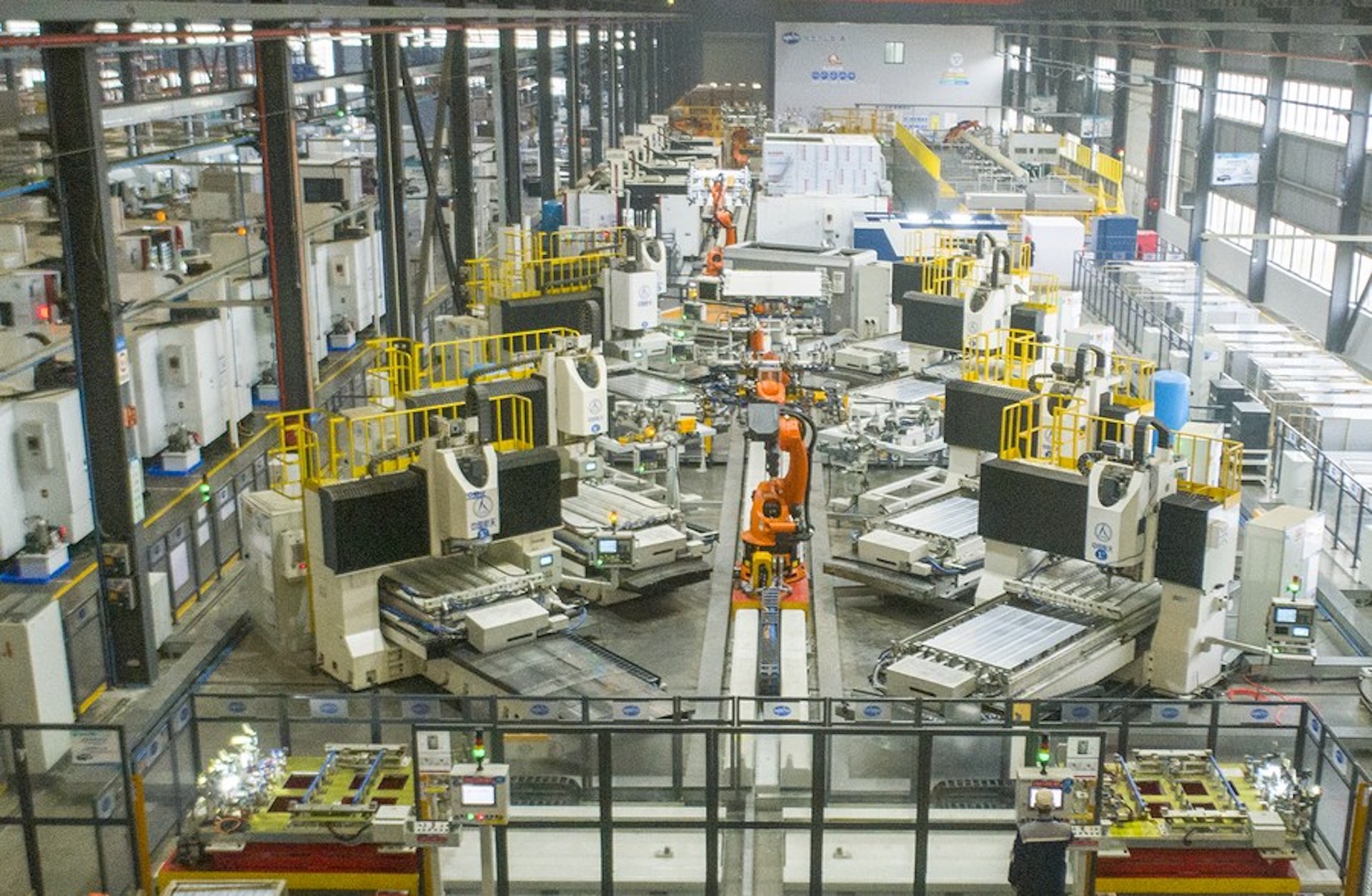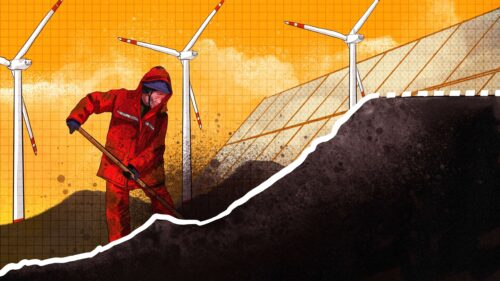What is China’s ‘double carbon’ policy?
China plans to reach peak carbon use by 2030 and become carbon neutral by 2060. The reality of the country’s commitment to economic growth may make that impossible, and certainly highly challenging in energy-intensive industries like cement and steel, but “double carbon” has since provided a slogan and a direction for Chinese government organizations and the private companies that seek to capitalize on government plans.

China plans to reach peak carbon use by 2030 and become carbon neutral by 2060. The reality of the country’s commitment to economic growth may, however, make that impossible.
Xí Jìnpíng 习近平 first proclaimed China’s “double carbon” objectives at the United Nations General Assembly in September 2020. Since then “double carbon” has provided an overriding slogan and direction for Chinese government organizations and the private companies that seek to capitalize on government plans.
With the main goals of increasing non-fossil energy consumption, improving energy utilization efficiency, and reducing carbon emissions, implementation of the “double carbon” policy has begun in earnest.
- Various plans are being released for key areas such as energy, industry, construction, and transportation; as well as key industries such as coal, electricity, steel, and cement. The use of coal is planned to drop by more than 80% by 2060. A central role in the development of energy consumption in China is assigned to solar energy, which is expected to become the largest primary energy source by around 2045.
- The government is promoting a range of green technologies such as wind turbines, solar panels, new energy vehicles, green building construction, and energy-saving products.
- The government is supporting carbon financial product innovation, including carbon-neutral bonds and a carbon neutral index on the Shanghai Stock Exchange.
The Chief of CICC 中金公司, a Chinese state investment bank, estimated that achieving carbon neutrality would require 139 trillion yuan ($21.21 trillion) until 2060, or about 2% of China’s annual GDP. The implementation of “double carbon” implies the gradual withdrawal of traditional energy systems and their replacement by new energy, but this is a long and arduous process of radical change that will require sustained commitment.
With China’s continued dependence on coal and government priorities for economic growth, double carbon may remain a slogan, rather than a reality.






